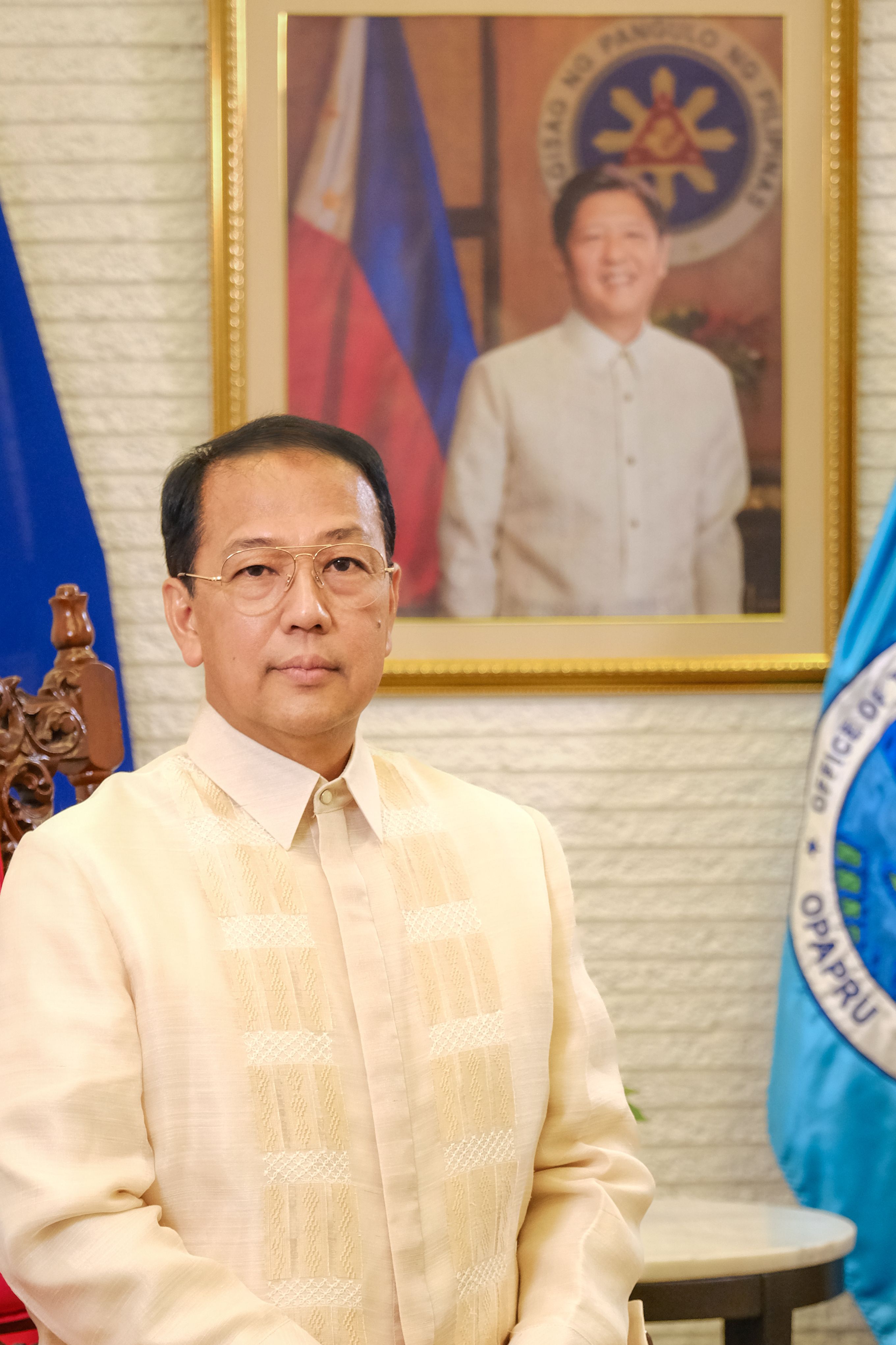PEACE BY PEACE

The Philippines has long endured conflict in regions afflicted by decades of insurgency. For several years, we have seen how conflict restricted the growth of our nation, dividing the Filipino people and causing further strife within communities. In the center of these challenges, the Payapa at Masaganang Pamayanan (PAMANA) Program serves as a champion of hope, fostering peace and progress to vulnerable communities.
“Pamana,” from the root word “mana,” means inheritance or heritage. It is the heirloom passed down from one generation to another—one that is full of history, culture, and affection. In many ways, the PAMANA Program embodies this idea.
PAMANA is a comprehensive, cross-cutting development program of the Philippine government designed to address the root causes of conflict in isolated, hard-to-reach peace and development focus areas in the country.
The program’s objective is to foster peace and development in these localities and address the main drivers of conflict by providing much needed basic services, improving governance, and empowering communities.
The strength of the PAMANA Program lies in its community-based approach wherein local government units (LGUs) are at the forefront of project implementation. The involvement and ownership of LGUs ensure that the interventions contribute to a sustained program for peace and development. The collaborative approach in managing the projects under PAMANA foster cohesion among the stakeholders. By bringing the local government closer to the public, and by inviting civil society organizations (CSOs) in community consultations and planning workshops, the PAMANA Program promotes unity and collaboration—bridging the gap between the national government and local communities.
What makes PAMANA projects different from other government initiatives is the application of the peace lens – a manner of project evaluation and implementation founded on the principles of conflict-sensitive and peace promotion (CSPP) – to address causes of tension and encourage unity by bringing people together.
The PAMANA Program involves facilitating a variety of infrastructure projects, strategically identified to contribute to the sustainability of peace and development in critical regions. Among these interventions is the development of roads and bridges in vulnerable areas.
These construction projects pave the way for opportunities, linking isolated communities to town centers, enabling more families to access basic services without having to endure dangerous terrains. These infrastructure projects might be viewed by the uninitiated as mere physical structures. But, for communities living in vulnerable areas, the presence of these infrastructures signals the very foundation of peace in their regions. They directly contribute to “linkages,” a major factor in the determination of competitiveness of countries, cities, communities and locales. Indeed, “insurgency begins where the road ends.” Linkages and access allow for government presence to deliver basic and other services. Roads and bridges get people integrated with the mainstream of society and enhance their opportunities for trade and commerce – like in economically bringing their crops and produce to markets, not to mention a convivial exchange in culture, access to education, health and centers of leisure.
Former rebels and their families are also provided with housing, demonstrating the government’s commitment to fully support their transformation and reintegration into the mainstream of society. Shelter is the most basic of needs and it is impossible to transform people and build communities with it. Recognizing that social protection is crucial in shielding more families from the cycle of poverty, programs such as livelihood support, capacity-building initiatives, health insurance, educational assistance, and employment opportunities are extended to qualified beneficiaries situated in conflict and vulnerable zones. The PAMANA Program is a reminder that we leave behind not just tangible structures, but true transformation of families and communities.
Perhaps the true gift of the PAMANA Program is leaving a legacy of empowerment to communities long affected by conflict. The PAMANA Program is more than just about infrastructure and social development, it is about providing communities with the tools and capability to shape their own future.
Since PAMANA launched in 2011, an investment of over ₱63 billion has been allocated to various peace interventions. In this current administration, the PAMANA Program is taking a more proactive and dynamic approach in expanding the reach of its impact. This administration’s intensified effort to support OPAPRU’s PAMANA Program shows its dedication in fostering sustainable growth and promoting unity across the nation.
OPAPRU’s Fiscal Year 2025 proposal under the National Expenditure Program (NEP) successfully went through the House of Representatives’ Committee of Appropriations and the Senate’s Finance Subcommittee C last September. The OPAPRU once again extends its appreciation to Senator Ronald “Bato” Dela Rosa and Lanao del Sur First District Representative Zia Alonto Adiong for guiding us in navigating the budget hearings in their respective houses.
The second part of this article will present what our agency is set to work on under PAMANA in 2025, a huge part of the ₱7 billion peace budget is allocated for the program.
(Secretary Carlito G. Galvez, Jr. is the presidential adviser on peace, reconciliation, and unity.)